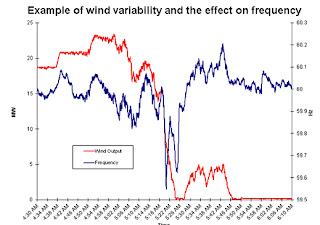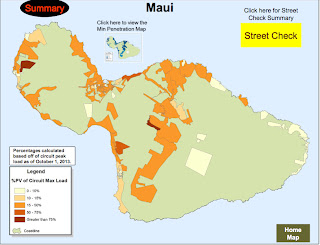As a result of travelling extensively while I was still working, I amassed a significant number of points in a number of different programs including (but not limited to) plans from Aeroplan, Delta, American, Continental, British Airways, LatinPass, Hilton HHonours, and American Express Membership Rewards. I currently have more than 750,000 points in some of these programs. Karen has been collecting AirMiles for about 15 years, since the late 1990's. So far, she has about 100,000.
Decades ago, I found it pretty simple to use points. I went to Chile in 1993 without a hitch. We paid $34 for 2 return Business Class tickets to Australia in 1996.
But every time I have tried to use these programs in the last few years, it has resulted in an utter lack of success, or (in the best cases) utter abject frustration in the various processes. Some examples:
- I have tried to go to Maui repeatedly on points. Despite knowing I go there every October, there are "no seats available" even with over 9 months notice -- unless I want to go through Chicago. Calgary - Chicago - Maui? Really?
- I have tried to go to Montreal for the F1 Grand Prix. On 6 months notice, I can only get there by spending 150,000 points (plus taxes) and making multiple connections through cities with multiple hour layovers. Or I can buy a return ticket for $200.
- I have tried to fly to Europe, and can readily do it -- as long as I want to take a red-eye flight to Toronto first, then have a 19 hr layover.
- I have tried splurging huge numbers of points on Business Class flights, only to find that these seats are particularly unavailable.
Karen and I are currently trying to arrange a vacation to Southern Africa in May of 2014, a trip I have been collecting points for specifically for the last 15+ years. I won't fly all that way in the back of the bus, so have collected a whole lot of points -- and protected them from expiry -- just to fly Business Class.
But having spent about 40 hrs online in the few weeks trying to arrange just the flights for that trip, all I can say for sure is that it going to require a LOT of compromise to make happen.
On Aeroplan, I can't fly the whole way on Business. For the window I'm looking at going, I flatly can't get to any European gateway in Business. From there, I can fly Business to South Africa -- so long as I make 3 connections along the way (a stop in Addis Ababa anyone?).
On Delta, I can make the flight in Business the whole way, but it's a 1,100,000 point trip. Yes, 1.1 million points. Think about that when you're collecting a point for every dollar spent at Wal-Mart.
British Airways? Not even offering me options, even though they're a huge carrier in and to South Africa. No Business Class seats available anywhere, anytime.
This whole idea of "Star Alliance" or "oneworld" offering unlimited connections on all these airline partners? Kind of a joke. For instance, nothing in my searching has even suggested I could take KLM, an airline that actually flies to South Africa. They and their other merger partner, Air France, are Delta partners, but I have yet to have seen a KLM flight offered by SkyMiles. At least Aeroplan has offered me flights on Star Alliance partners EgyptAir, Ethiopian Airlines and South African Airways.
Delta pitched that you could mix classes and optimize prices. Maybe, but not online. You can say you want to fly Economy one way and Business on the way back. But you can't say you're willing to fly economy on the 2 hr Calgary - Salt Lake City and 3 hr Salt Lake City - Atlanta legs, but want Business on the 16 hr Atlanta - Johannesburg leg. At least not without talking to a SkyMiles Reservation Agent, for which they charge you $75 (and then they charge you for your bags because at least one of your legs is in Economy).
And Delta -- had I been in a position to spend 1,100,000 points -- would still charge me $305 in taxes and fees for the free flight. At least they're cheaper than Aeroplan, who want over $1,600 in taxes and fees. Free flights? False advertising.
And that is the crux of it. This is all about false (or at the least, misleading) advertising. Whether it be the airlines or the credit card companies, what they make sound easy, free and straightforward is a lot of things, but "easy, free and straightforward" isn't any of them.
So next time you collect some AirMiles or Shoppers Optimum or Aeroplan or SkyMiles or American AAdvantage or British Airways Avios miles/points, realize the following:
- The cost of the programs are embedded in what you are buying, so you're paying for them anyway;
- Someone is getting seats, but it's not you -- so you're paying for something you won't get, because...
- You won't get very much for these points, no matter how many you have, and no matter what they say.
Thank goodness Aeroplan will let me get a 12" non-stick frypan for 7,000 points. Who wants to go to Africa, anyway?

























































